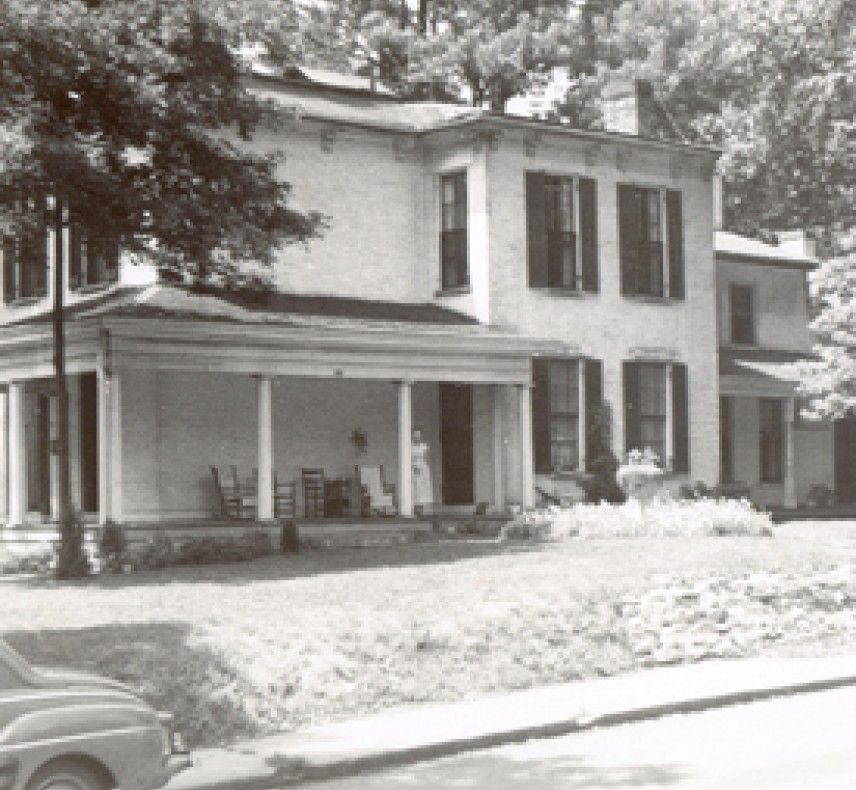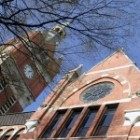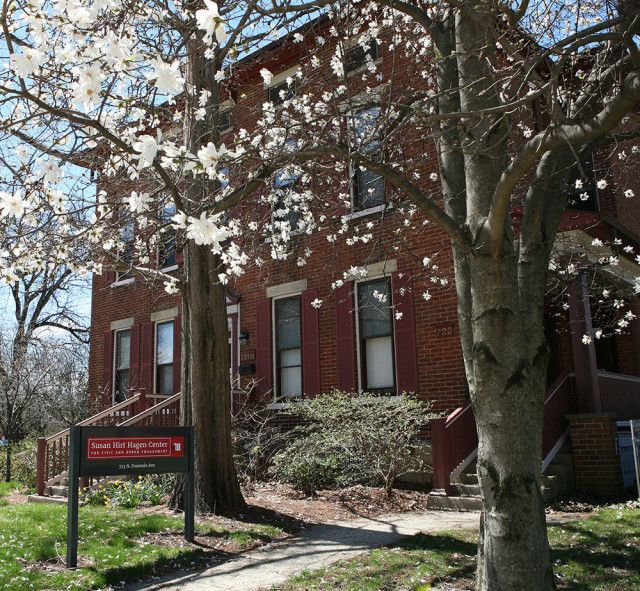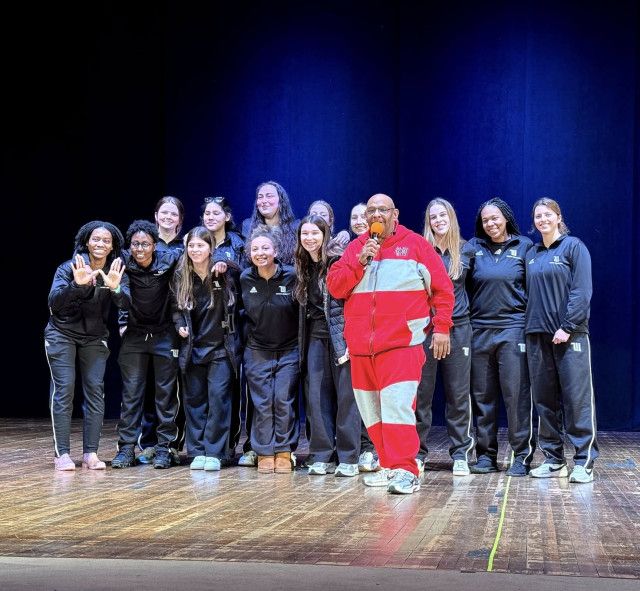SPRINGFIELD, Ohio — With plenty of buckets and shovels in hand, Wittenberg professors and students gathered for a three-hour excavation at the university-owned Geiger House last Saturday.
Darlene Brooks Hedstrom, assistant professor of history, and Professor of History Thomas Taylor led the dig around the perimeter of the 150-year-old house, which will be renovated later this year.
The Geiger House, located on the south end of Woodlawn Avenue, is only one of two original university houses still standing. The other is the Benjamin Prince House, the university’s former guest house and now home to Wittenberg President Mark Erickson and his family.
Hezekiah Geiger, Wittenberg’s first professor of mathematics, built the house in 1858. It was home not only to Geiger’s five children, father and sister, but also to runaway slaves during the movement to free southern slaves. Geiger’s wife, Nancy, provided refuge for slaves in the barn.
Taylor said the purpose of the excavation around the Geiger House was exploration-focused.
“The Geiger House is very important to Wittenberg’s history,” he said, noting that this particular excavation was an abbreviated form of archeological work.
Approximately 15 people participated in the excavation, six of whom were students and the rest a combination of Wittenberg faculty and staff members. Before the dig, a metal detector, courtesy of Daniel Fleisch, associate professor of physics, was used to mark the perimeter of the house with flags.
Though the entire exterior of the house was marked for digging, a majority of the excavation took place on the east side of the house. Participants were instructed to dig about five centimeters at a time before taking a profile of their area. Dirt was placed in buckets and sifted. Some of the objects unearthed included 19th century nails and animal bones.
The excavation was a field study, the history department’s third since fall 2004. The first two involved digs at the Gammon House, located on South Fountain Avenue near downtown Springfield. The house, owned by the South Fountain Avenue Preservation Association, is currently being refurbished. Students worked as field archaeologists digging, drawing and categorizing objects for an archaeological field methods class. Brooks Hedstrom said the goal was to discover physical evidence that the Gammon House was used as a station along the Underground Railroad.
Several students said they have enjoyed excavations such as those at the Gammon and Geiger houses because of the hands-on approach.
“I love history, but I like doing it in a more practical way than just reading,” said Cory McOsker of Cincinnati, Ohio, a 2005 graduate.
— Sarah Gearhart '06







